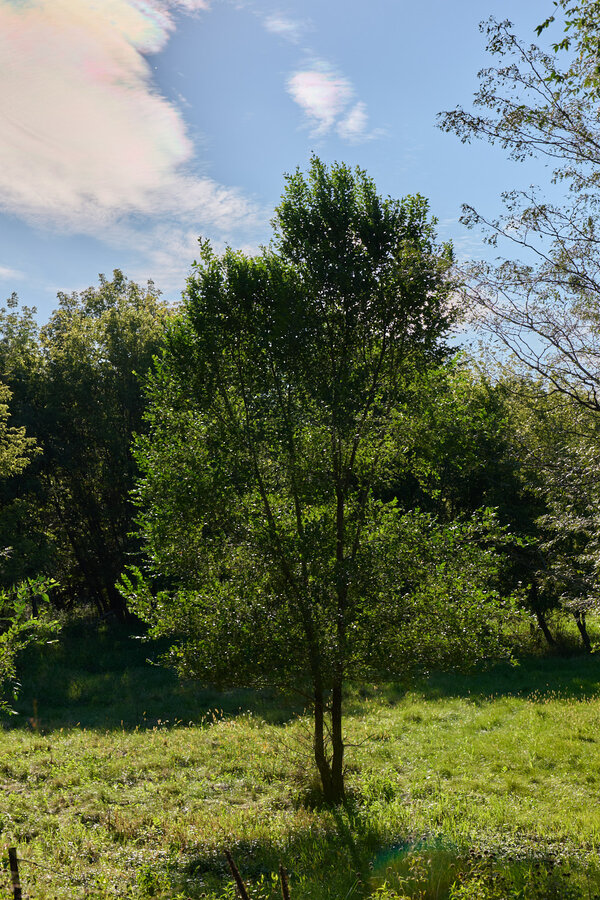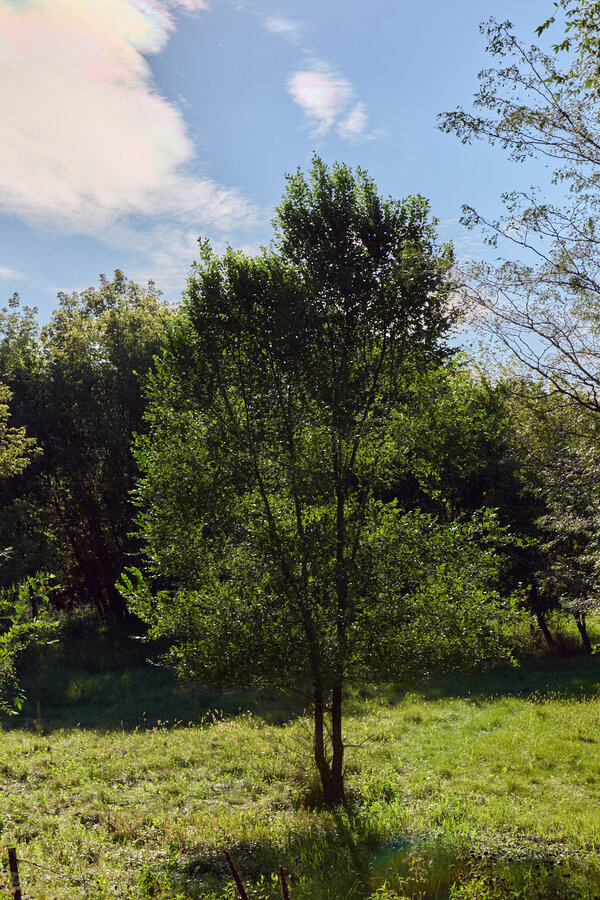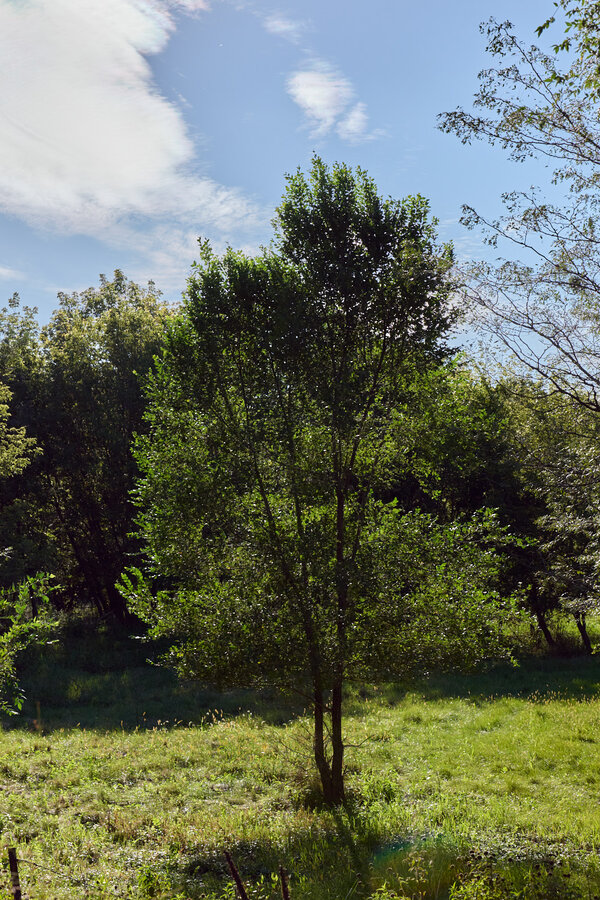inspiredtimothy
Active Member
Went out to shoot some on a local trail in mid to late afternoon yesterday with the S5 II and the 14-28 and 28-200. The sun was extremely bright and I encountered a lot of situations where I needed to bracket. On one particular set I have noticed some strange color patterns appearing in highlights, as seen here in the clouds:

Exposure metering is highlight metering +2. Shadows have been adjusted and highlights lowered. It's also present in the neutral +0 shot:

Color differences are due to the red shadow noise that appears when lifting exposure an extra 2 stops (as far as I know, that is my guess). I can remove the color for the most part in the highlights by creating a luma mask in Capture One and reducing saturation + changing tint in the bright tonal ranges, however this introduces an extra layer of complexity and annoyance to my processing and often will affect highlights in the rest of the image. If I were to use all frames from the bracket, the resulting image would have the bad color issues in it, unless I fix it in every single one. Here is the +0 image with adjusted saturation:

Importantly, this doesn't appear when highlights are blown out completely in the +4 to +5 range. I was shooting in bracketing mode, which I believe I have seen in a thread recently drops down to 12 bit color data due to continuous shooting. I am wondering if this was the culprit, but then it is very strange that it shows in the neutrally metered image very prominently. I also have heard people speculate that Lumix raw files are all lossy compressed by default with no option to turn it off.
My only other worry is that I was shooting several other brackets at small apertures f11-f22 throughout the day that featured the sun in the shots, and I am worried that my sensor was damaged somehow. There is no way that my sensor was exposed to sunlight for more than a minute at a time and at wide angles and very small apertures, however I am concerned after seeing this issue.
I'm concerned because part of my main use for this camera is shooting real estate, and bracketing is a requirement. Regardless of the reason, if these issues show up when bracketing that is a major impediment to my workflow and a huge annoyance that I never experienced on Sony. Has anybody else ever seen this in their images?

Exposure metering is highlight metering +2. Shadows have been adjusted and highlights lowered. It's also present in the neutral +0 shot:

Color differences are due to the red shadow noise that appears when lifting exposure an extra 2 stops (as far as I know, that is my guess). I can remove the color for the most part in the highlights by creating a luma mask in Capture One and reducing saturation + changing tint in the bright tonal ranges, however this introduces an extra layer of complexity and annoyance to my processing and often will affect highlights in the rest of the image. If I were to use all frames from the bracket, the resulting image would have the bad color issues in it, unless I fix it in every single one. Here is the +0 image with adjusted saturation:

Importantly, this doesn't appear when highlights are blown out completely in the +4 to +5 range. I was shooting in bracketing mode, which I believe I have seen in a thread recently drops down to 12 bit color data due to continuous shooting. I am wondering if this was the culprit, but then it is very strange that it shows in the neutrally metered image very prominently. I also have heard people speculate that Lumix raw files are all lossy compressed by default with no option to turn it off.
My only other worry is that I was shooting several other brackets at small apertures f11-f22 throughout the day that featured the sun in the shots, and I am worried that my sensor was damaged somehow. There is no way that my sensor was exposed to sunlight for more than a minute at a time and at wide angles and very small apertures, however I am concerned after seeing this issue.
I'm concerned because part of my main use for this camera is shooting real estate, and bracketing is a requirement. Regardless of the reason, if these issues show up when bracketing that is a major impediment to my workflow and a huge annoyance that I never experienced on Sony. Has anybody else ever seen this in their images?